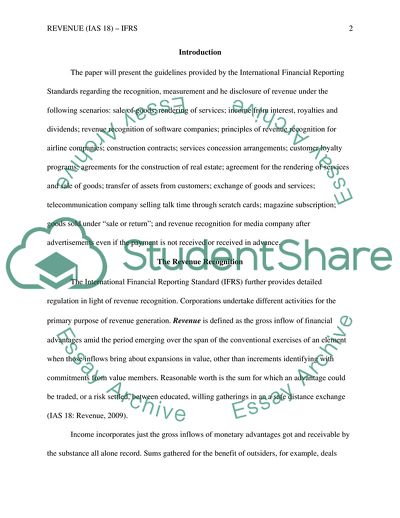Cite this document
(Revenue ( IAS 18 ) - IFRS Essay Example | Topics and Well Written Essays - 1500 words, n.d.)
Revenue ( IAS 18 ) - IFRS Essay Example | Topics and Well Written Essays - 1500 words. https://studentshare.org/finance-accounting/1877764-revenue-ias-18-ifrs
Revenue ( IAS 18 ) - IFRS Essay Example | Topics and Well Written Essays - 1500 words. https://studentshare.org/finance-accounting/1877764-revenue-ias-18-ifrs
(Revenue ( IAS 18 ) - IFRS Essay Example | Topics and Well Written Essays - 1500 Words)
Revenue ( IAS 18 ) - IFRS Essay Example | Topics and Well Written Essays - 1500 Words. https://studentshare.org/finance-accounting/1877764-revenue-ias-18-ifrs.
Revenue ( IAS 18 ) - IFRS Essay Example | Topics and Well Written Essays - 1500 Words. https://studentshare.org/finance-accounting/1877764-revenue-ias-18-ifrs.
“Revenue ( IAS 18 ) - IFRS Essay Example | Topics and Well Written Essays - 1500 Words”. https://studentshare.org/finance-accounting/1877764-revenue-ias-18-ifrs.


